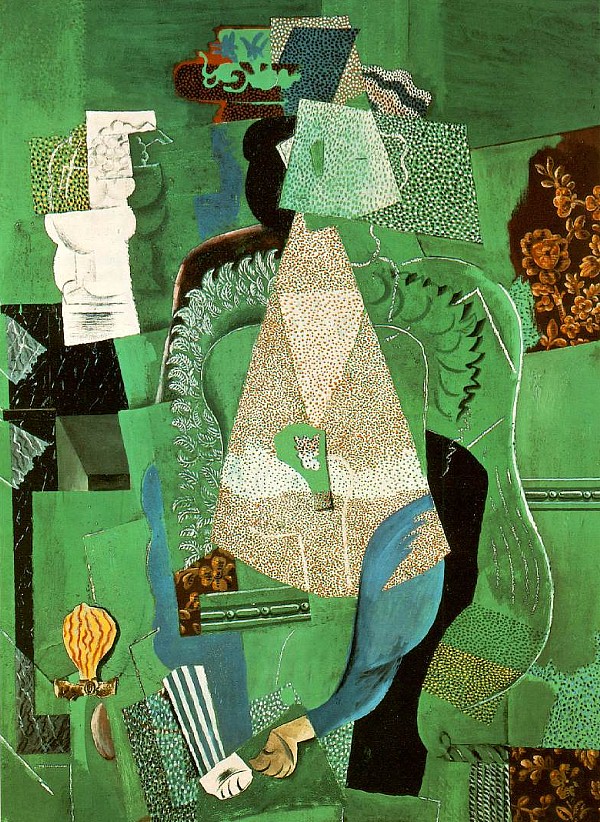2013.12.23 19:47
23 December

I'm now wondering whether the above image of Castle Howard from Vitruvius Britannicus (published 1715-1725) somehow inspired the architecture of Piranesi as delineated within Il Campo Marzio (1762). Remember the...
I was prompted by the "what is experimental architecture" thread to look again at "Piranesi's Campo Marzio: An Experimental Design." After reading a few pages it became evident that the essay/project could be 'rewritten' to deliver a whole other set of results, a whole other 'history.'
By covertly publishing the Ichnographia in a second state was Piranesi himself conducting an experiment to see who would ultimately discover the two different plans?
Piranesi's language of the plans relates back to the origins of Rom(ulus and Remus) itself.
"Both Piranesi's Campo Marzio and Picasso's Dame au violon are "projects," though the former organizes an architectural dimension and the latter a human mode of behavior. Both use the technique of shock, even if Piranesi's etching adopts preformed historical material and Picasso's painting artificial material (just as later Duchamp, Hausmann and Schwitter were to do even more pointedly). Both discover the reality of a machine-universe: even if the eighteenth century urban project renders that universe as an abstraction and reacts to the discovery with terror, and the Picasso painting is conceived completely within this reality.
But more importantly, both Piranesi and Picasso, by means of the excess of truth acquired through their intensely critical formal elaborations, make "universal" a reality which could otherwise be considered completely particular."
Manfredo Tafuri, Architecture and Utopia: Design and Capitalist Development, p. 90.
There is no Picasso painting with the title Dame au violon, but it is possible that Tafuri is referring to Portrait of a Girl (1914):

Project: redraw the Ichnographia Campus Martius following the principles of Picasso's (Synthetic) Cubism.
1999.12.23 15:53
I was doing Stella, frankly
In mentally preparing what will be the ninth and tenth items of my Top 10 list, I've decided that the ninth place would concentrate on special people, especially 20th Century people relative to art and design. I've come up with 5 individuals that fall within a nice categorization of 'most architecturally gifted artists of the 20th Century'. (I'll probably post "(ninth of) Top 10" later today.) The fourth person on my list was unexpected, even to me; I'm referring to the artist Frank Stella.
It quickly dawned on me that Stella's art, especially his art from the '70s through the '90s, is having an enormous influence on the 'avant-garde' architecture of the 1990s. I also believe that this 'stellar' influence is largely unacknowledged, although any quick look at Stella's art and Gehry's, Eisenman's and even to some extent Koolhaas' recent architectures (to name the most obvious) will demonstrate many, many, many similarities.
As I continued to work through this idea regarding Stella as one of recent architecture's big influences, I realized that much of my architecture is likewise influenced by Stella's art and his artistic method. You'll have to take my word for it when I say that I was not emulating Stella consciously, but I can't in all honestly say that I was doing it completely sub-consciously either. The best I can do is to say that I just didn't realize the very large extent of Stella's influence upon my architecture until last night. Moreover, all the (Steve Lauf) architecture I've displayed within schizophrenia + architectures exhibits a very high degree of (subconscious?) Stella influence.
On 24 May 1999, Brian Carroll asked me in an interview, "do you have a mentor.. if so, why, if not, why?" I rather arrogantly and stupidly answered, "no....because i have yet to meet anyone more creative that myself." The next day Brian wrote:
without meaning to be too personal, i was hoping to find if there was/is any thinkers/people that have been crucial in your work. i imagine Piranesi is one, and your brother another. and possibly in different ways, from influencing your development, from the Campo Marzio to Schizophrenia and Architectures. my question, then, was hoping to see if this is indeed the case, and to what extent you have developed your ideas with their input..
(if it sounds too literal, i apologize. my mind, i think, is trying to get at the sublime influence other people might have on your work.. that is, mentors/heroes.. not as idols but as advisors or even seers... brian)
Well Brian, you were right. There was (and is) indeed someone('s art) that is crucial in my work. It's been Frank Stella and his art and method for some years now, and I didn't even know enough to admit it myself until now.
I did quite a bit of research on Stella in the early nineties when I was more interested in art than in architecture, but he wasn't one of the artists I really 'fetished' like Duchamp, Rauschenberg, Johns and Warhol. Nonetheless, I did make an effort to buy and read Stella's Working Space (which I will now definitely reread, and also now recommend other architects read as well).
Within the next week or so I will have finished schizophrenia + architectures, which I now sincerely consider my first book on architecture. More to the point, I now know exactly how to finish my first book on architecture, because I now know where a large part of my own architecture comes from. schizophrenia + architectures will, if all goes well, be my first and only book on architecture written in the 20th century, and, again if all goes well, my second book on architecture (however the first of my books to have been written in the 21st century) will be about my own architecture, and it will be entitled, I was doing Stella, frankly.
lauf-s
|